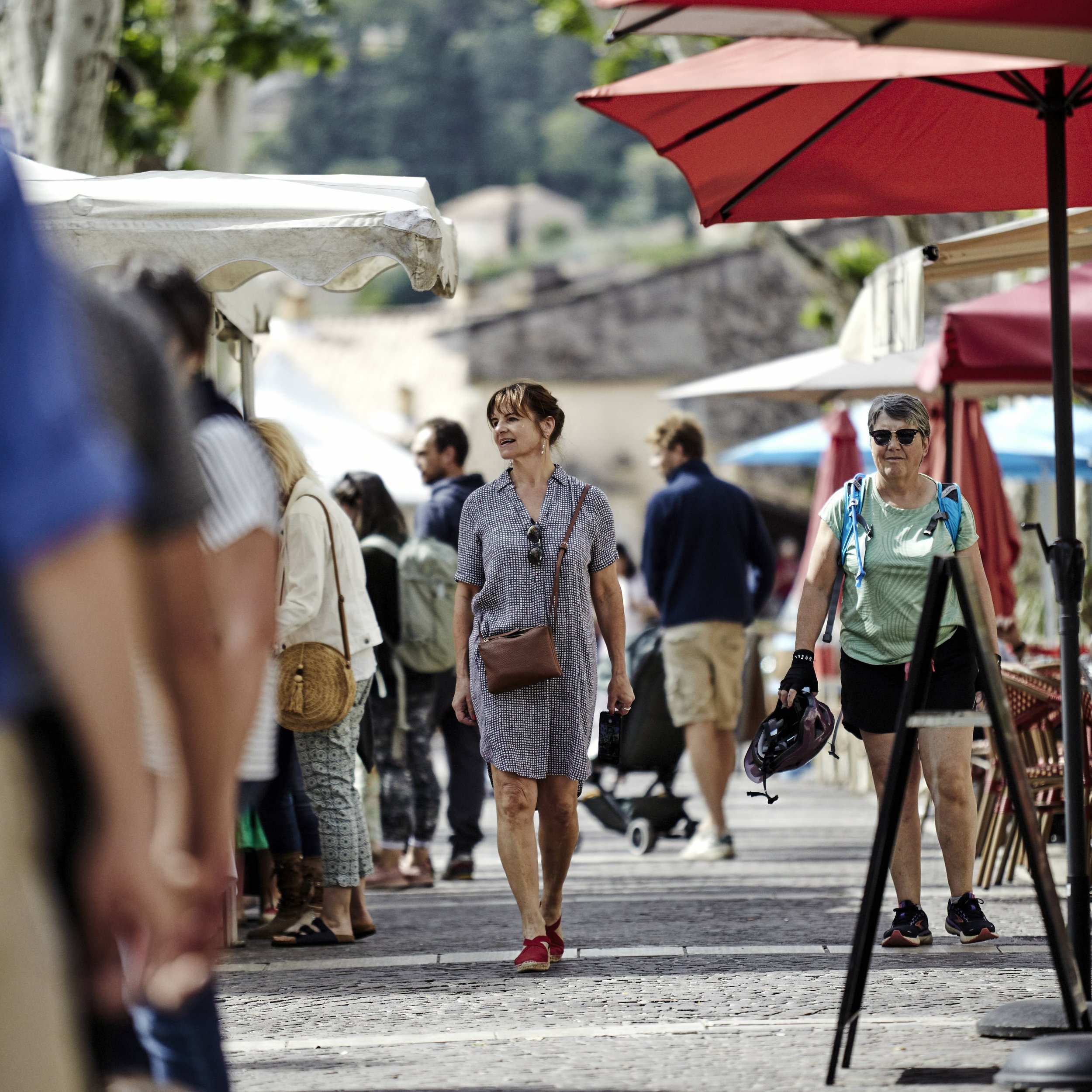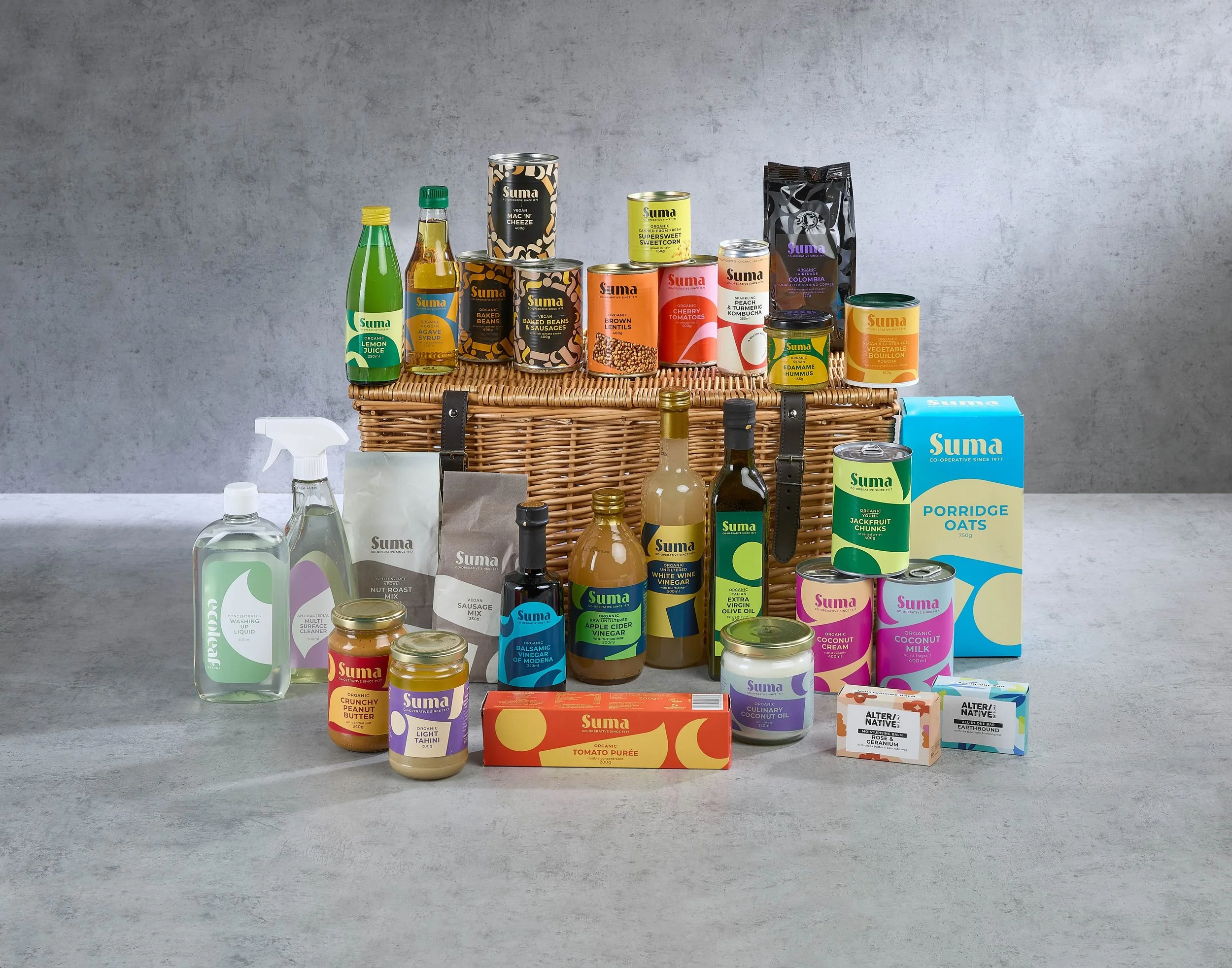Planning to hit the flea markets and vintage stalls this summer? We enjoyed a day trip to a French ‘brocante’ in our Home Tour pages in our May issue. If you’re inspired to try a bit of vintage market shopping yourself, here are a few tips to get you started, whether you’re mooching in Maroilles or pottering in Paignton
Be prepared
If you’re in France there’s a small book that you can get from a newsagent (tabac) which lists where all the local markets are, or see brocanciel.fr or brocabrac.fr. Wear comfy shoes, and bring a tape measure, bags and packaging to take any items home with you. In the UK try fleamapket.com.
Arrive early or late
The best items are often snapped up quickly, so arrive as sellers are unpacking to get the best finds – or at the end, as prices will drop because the sellers want to get rid of things. If something catches your eye, don’t hang around, items go quickly.
Don’t be afraid to dig
Check out the baskets and boxes alongside the stalls. This is where treasures are often found.
Take cash and negotiate gently
Make sure you’ve plenty of cash as many brocantes and flea markets are in the countryside with no cash machines or card purchases available. Always smile and ask a few questions about the item before negotiating. Only offer a little lower than what you would want to pay.
How to speak second-hand in France
Brocante: Open-air flea market or bricks-and-mortar antique shop Marché aux puces: Flea market Vide grenier: Loft clearances Foire à tout: Similar to a car boot sale Depôts vente: Buildings where second-hand goods are sold.
If the French country lifestyle appeals, don’t miss our feature The French Connection in our May issue, in which we meet Cathy and Peter Bullen and have a nose around their house and home town. The words are by Kay Prestney and photography by Brent Darby.
Buy this month's The Simple Things - buy, download or subscribe






